#japanese learning
Text
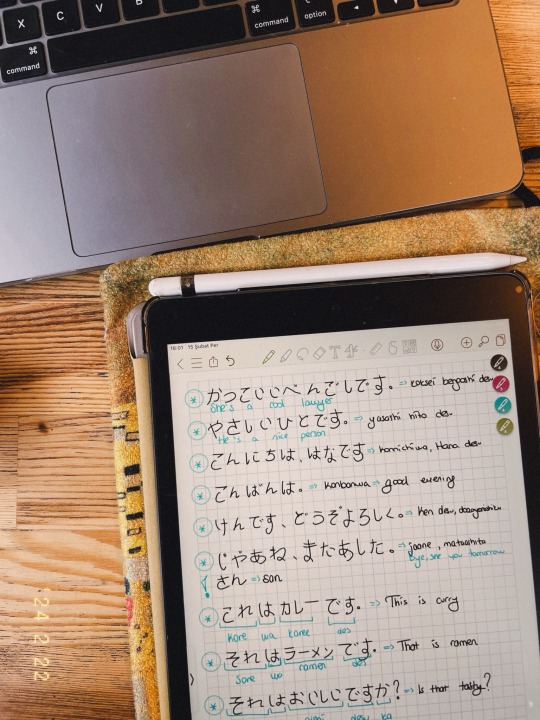



learning japanese update: i’ve been practicing writing down sentences and trying to understand the sentence structure. linguistically, japanese and turkish have similarities, so i can say that it’s been going well and i’m having sooo much fun!!
#langblr#lunlunstudies#learning japanese#japanese learning#language lessons#second language#japanese language#language learning#language#langblog#studying#studyblr#studyspo#studystudystudy#study motivation
407 notes
·
View notes
Text
japanese learners/japanese speakers, is there any solid dictionary that i can use to look up words? like larousse for french, is there any websites/dictionaries for japanese?
#japanese#japanese language#japanese learning#im thinking of getting into it for real#so i thought i could start by learning vocab but i need solid stuff#i can look it up online sure but are they true? are they really giving / showing me what i wanna know?#i don't wanna triple check for each word i want to look up or learn#so help is muuuuch appreaciate it#also i think learning vocab is the least scary way to learn japanese alphabets so this is actually the main reason why im asking +#+ for a solid dictionary#thank youuu#blablabla
209 notes
·
View notes
Text
youtube
Watch the American Climate Leadership Awards 2024 now: https://youtu.be/bWiW4Rp8vF0?feature=shared
The American Climate Leadership Awards 2024 broadcast recording is now available on ecoAmerica's YouTube channel for viewers to be inspired by active climate leaders. Watch to find out which finalist received the $50,000 grand prize! Hosted by Vanessa Hauc and featuring Bill McKibben and Katharine Hayhoe!
#ACLA24#ACLA24Leaders#youtube#youtube video#climate leaders#climate solutions#climate action#climate and environment#climate#climate change#climate and health#climate blog#climate justice#climate news#weather and climate#environmental news#environment#environmental awareness#environment and health#environmental#environmental issues#environmental justice#environment protection#environmental health#Youtube
6K notes
·
View notes
Text
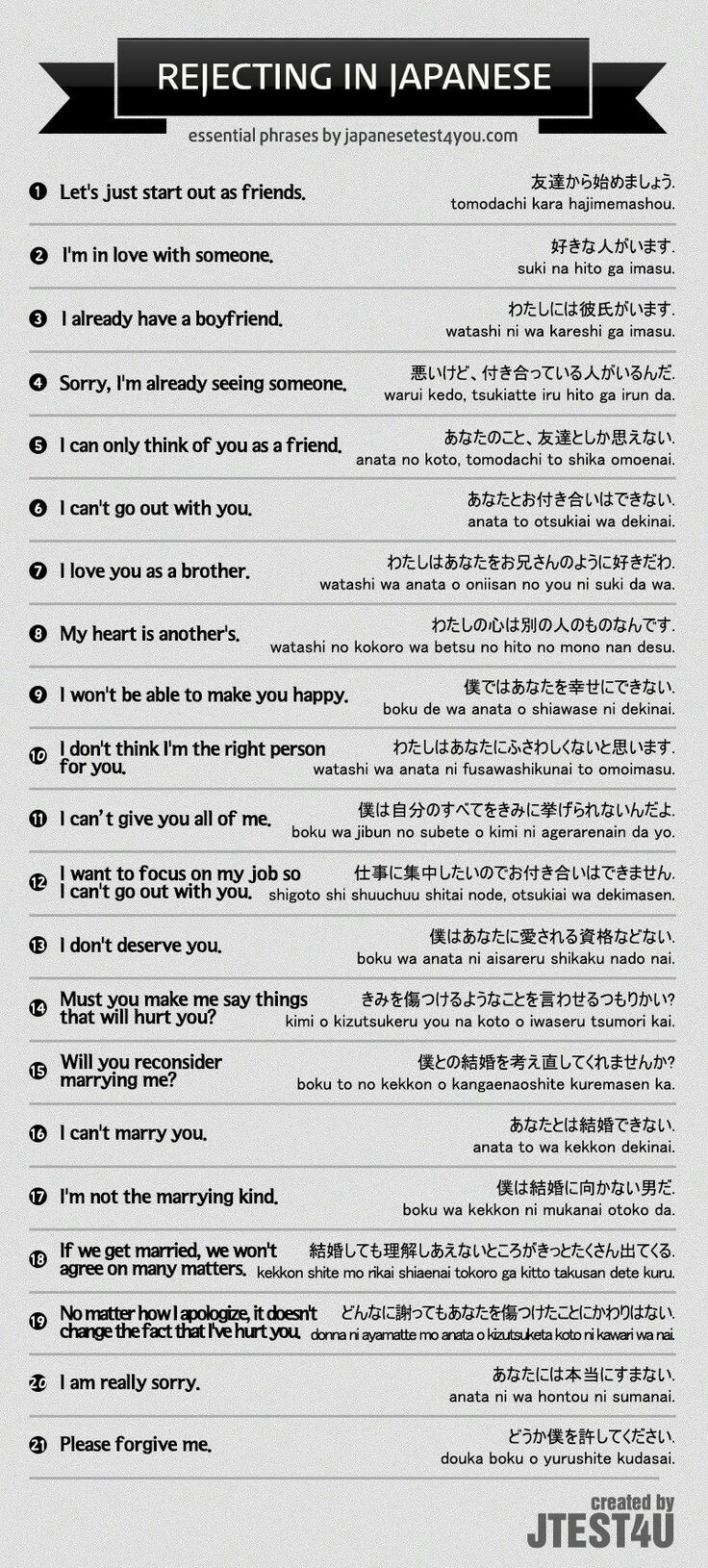
176 notes
·
View notes
Text
桜梅桃李 (o-bai-to-ri) “never compare yourself to others”

This yo-ji-juku-go (Japanese 4-character idiom) is comprised of 4 beloved Japanese trees. They are:
桜 = cherry (sakura)
梅 = apricot (ume)
桃 = peach (momo)
李 = plum (sumomo)
Each of these iconic trees blossoms in its own time and in its own unique way.
桜 (sakura) are of course the cherry blossom trees famous for blooming spectacularly and incredibly briefly once a year, usually in April. Sakura trees in full bloom is an annual event, and people go to their local park to see them, take photos, and have picnics underneath them. It's such a big deal that it's reported on the weather forecast, with reporters commenting on how quickly the "sakura front" is moving northwards across the country.
梅 (ume) is the "ume" in umeshu! This is a sweet liqueur which is made from soaking ume in sake. It tastes amazing, and is one of the things I miss most about Japan. Japanese learners will no doubt recognise "ume" as usually being translated as "plum", however it is technically closer to the Western apricot.
桃 (momo) is one of the best-loved fruits in Japan. There is even a fairy story called "Momo-taro" about a little boy who comes from inside a peach. He grows up to be a great hero, of course, and saves everyone from a demon. "Momo" is also a fairly common girls' name.
李 (sumomo) are known as "Japanese plums" or "Asian plums". The trees are famous for their delicate white flowers. They usually bloom just before the sakura. Whilst not as famous or as showy as sakura, they are well-loved for their elegance, and for being a sign of spring.
This one-off calligraphy artwork is available on my Etsy shop here:
#japan#japanese#japanese langugage#japanese langblr#japanese learning#kanji#japanese flower#sakura#umeshu#japanese idioms#japanese art#japanese quotes#asian art#japanese calligraphy#asian calligraphy#inspiring quotes#inspriation#motivation#書道#spring#flowers
93 notes
·
View notes
Text
Let's read kana!
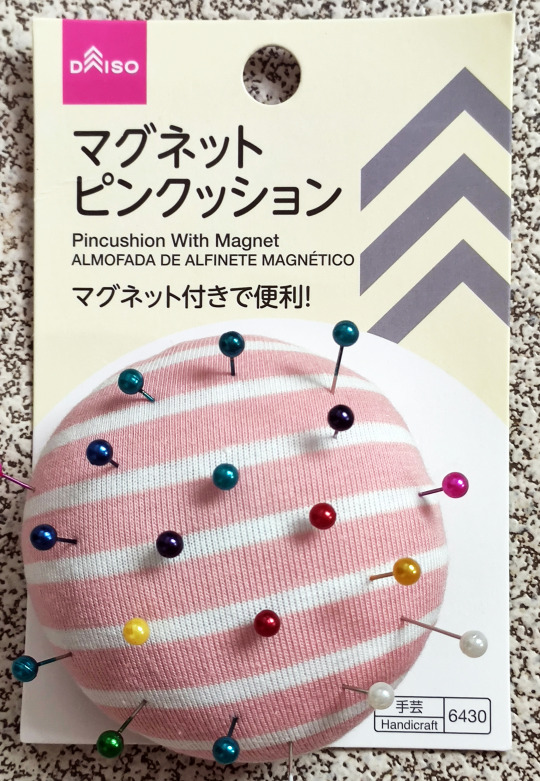
Let's read kana from this pincushion from Daiso!

マグネット ピンクッション
magune(t)to pinku(s)shyon
Magnetic Pincushion

マグネット 付き で 便利!
magune(t)to tsuki de benri!
It's convenient with a magnet!
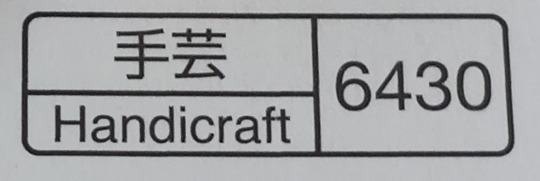
手芸
手 Shu (hand) 芸 gei (technique, art)
Handicraft
#langblr#japanese#language learning#japanese language#jpnblr#learning japanese#Let's read kana#japanese learning#katakana#japanese kanji
74 notes
·
View notes
Text
[Japanese→English] @panmaumau Tweet — Color Coded Translation

————————————————————————
何も知らない生き物の顔
なにもしらないいきもののかお
The face of a living thing that doesn’t know anything.
————————————————————————
Please correct me if I made a mistake
#color coded translation#japanese#japanese vocabulary#study japanese#japanese lesson#easy japanese#beginner Japanese#learning japanese#japanese lingblr#japanese linguistics#learn japanese#japanese langblr#japanese learning#japanese language#japanese vocab
78 notes
·
View notes
Text
Hey fellow Japanese langblrs! Any suggestions for YouTubers/bloggers that make videos exclusively in Japanese? I’m not necessarily looking for instruction videos, but something casual I can listen to and get a feel for, preferably daily life vlogs or video essay type videos. If you have any recs pls lmk!
94 notes
·
View notes
Text
Learning a language is more accessible than it's ever been
Really.
There's such a wide variety of free lessons, resources, communities, and language exchanges.
This is especially true for Japanese and other languages not commonly taught in schools.
We've been running a mildly successful Discord server for a few years now (500+ members), but now we want to use our knowledge and experience to provide *free* lessons, utilizing *free* resources in every format possible, which will eventually span from N5-N1 fluency levels.
Our lesson posts will have "homework", which are apps, websites, or Youtube videos you can use to practice what you have learned, which you can pick and choose what homework format you prefer.
Don't want to download Duolingo for our first lesson's practice? Watch JapanesePod101's Youtube video on the topic instead. Don't like that? Try the link to Tofugu which covers the same topics as our lesson.
We will also cover topics such as language exposure when you can't visit the country, exercises, community games held on our Discord (we're working on Japanese Trivia Monopoly for N5 right now), streams, and more just like we always have in our Discord server!
Ready to learn Japanese, for free, regardless of skill level?
Here's the link to sign up to our Discord server.
We can't wait to see you there!
またね~

#japanese studyblr#studyspiration#study#japanese#nihongo#japan#japanese culture#japanese language#japanese learning#japanese vocabulary#learn japanese#learning japanese#kanji#hiragana#katakana
233 notes
·
View notes
Text

「不思議」 ふしぎ/fushigi - Wonder, mysterious 🔮✨️
55 notes
·
View notes
Text
Japanese word of the day
抱きしめる
Reading: だきしめる
Meaning: to hug closely/tightly

155 notes
·
View notes
Text
Stop using pronouns in Japanese.
If you are an English speaker, you will often use pronouns to refer to yourself and other people. Sentences in English will not make sense if someone asked you, "What nationality?" and you respond, "Am American".
See what I did there? I removed the pronouns in English and it sounds pretty odd. Maybe it makes sense in context, but it's unnatural either way. In Japanese however, you will usually leave out pronouns, especially when talking about yourself. You don't want to constantly mention yourself when you are talking about your actions. Scenarios:
You hang out with a friend and say you have to go back home in the most beginner-ish way you can say it:
私は家に帰ります。
This is textbook Japanese and it sounds so odd. When you end a sentence with the standard present tense like 行く or 行きます、without a pronoun there, it automatically refers to yourself. Unless of course the subject was a question about someone. Else in the above scenario, especially when you're asked something, just omit the pronoun:
家に帰ります。
In real life situations, you also don't really want to refer to others as 彼 or 彼女。Use their name instead, since you definitely don't want to use any iteration of "you", like あなた。
Even when trying to say something like "Is this your pen?" should be rather phrased like
これはA子さんのペンですか?
Even then this sentence is a wee bit odd, I'd rather it be:
このペンはA子さんのですか?
There's also slightly different nuances to be used in formal and informal speech, but I don't have too much experience in the former.
#japanese#日本語#language learning#日本#japanese langblr#langblr#language#勉強#言語#japanese learning#grammar#japanese language
269 notes
·
View notes
Text
youtube
Watch the American Climate Leadership Awards 2024 now: https://youtu.be/bWiW4Rp8vF0?feature=shared
The American Climate Leadership Awards 2024 broadcast recording is now available on ecoAmerica's YouTube channel for viewers to be inspired by active climate leaders. Watch to find out which finalist received the $50,000 grand prize! Hosted by Vanessa Hauc and featuring Bill McKibben and Katharine Hayhoe!
#ACLA24#ACLA24Leaders#youtube#youtube video#climate leaders#climate solutions#climate action#climate and environment#climate#climate change#climate and health#climate blog#climate justice#climate news#weather and climate#environmental news#environment#environmental awareness#environment and health#environmental#environmental issues#environmental justice#environment protection#environmental health#Youtube
6K notes
·
View notes
Text
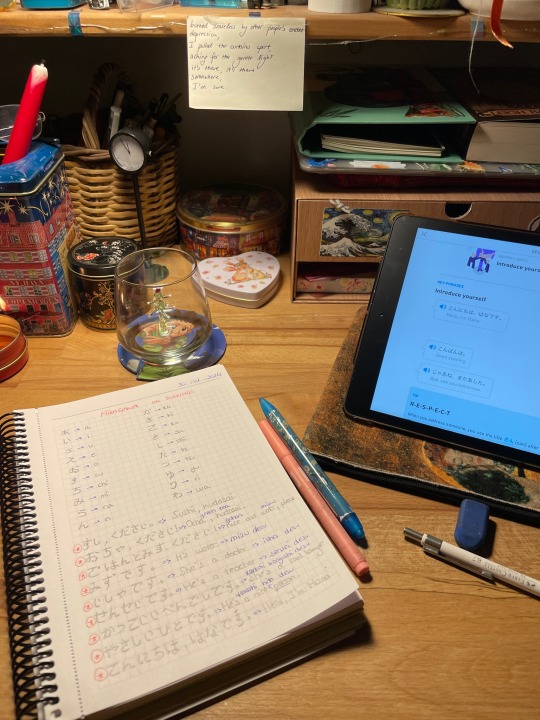

so… i have been learning japanese!!! my german course will start in a couple of months and i’m excited to keep learning it, however learning japanese is in my 2024 goals :] since i started japanese dramas, i’ve been interested in the language. for now i am just learning from and practicing on duolingo. i’m looking for (and have found) some free online books and i’m gonna start studying using them as well. i don’t know why but it brings me so much joy when i remember words or build sentences with what i know. i really hope i can improve my japanese :]
#studying#studyblr#studyspo#studystudystudy#study motivation#study blog#studygram#student#studyinspo#lunlunstudies#language lessons#second language#language learning#language#japanese language#japanese langblr#japanese learning#langblr
141 notes
·
View notes
Text
How I read and enjoy books in my target language
Please note that I write about what works for me and share advice based on my own experiences. If you have a different opinion or if you use other methods, that's absolutely fine. Do whatever works for you.
Since some people asked me how I read books in my target languages, I would like to describe my way of reading in this post. I focus on reading for some time now and I'm very happy with my progress so far. This doesn't mean that I won't change a few things in the future (I'm constantly gaining experience and changing my learning style accordingly).
1. Choosing a book
Before I start reading, I have to choose an appropriate book, obviously. After trial and error I realized how important this step is. My ideal book is:
not too easy (I won't learn much)
not too difficult (if I can't follow at least the rough story I won't enjoy it)
interesting (motivation to read it)
I try to choose a book that is slightly above my level so that I can follow the story without looking up too many words but also learn new words. I don't need to understand everything, but I don't want to feel lost either. Balance is important.
2. Trying the first chapter
After choosing a book that seems to be appropriate, I try to read the first chapter (and sometimes the first two chapters, if they are short). I pay attention to things like:
Can I follow the story?
Is the story interesting?
Do I like the writing style?
If I can answer (most) questions like these with "yes", I continue reading the book.
Do I only understand single words or sentences here and there? Do I have no clue what happens? Then I put the book aside for now and choose an easier one. There's no shame in admitting that this book is too difficult at the moment. Deciding what I don't read is just as important as deciding what I read.
3. Reading
If the level of difficulty is okay, I start reading the book. In my experience, the first few chapters are always the hardest. I need time to get used to the writing style, the used vocabulary and the story.
In the case of the japanese version of Harry Potter, the beginning was difficult because of the writing style. But after two chapters, I began to enjoy the story and so I continued. That's why I always try to read at least the first chapter. A book that seems difficult in the beginning can be very enjoyable once I've read enough pages.
When I come across an interesting word or a sentence I like, I highlight it. I try to not highlight too much stuff, though. Two, maybe three words per page is usually my maximum. Enjoying the story is my number one priority. I can read several pages without highlighting anything, even though there are words I don't know. As long as I don't feel the strong urge to look up a word, I just continue reading.
In many cases I can understand words from context and learn them over time just by seeing them again and again. That's why I don't look up words immediately. I wait to see if they come up more often.
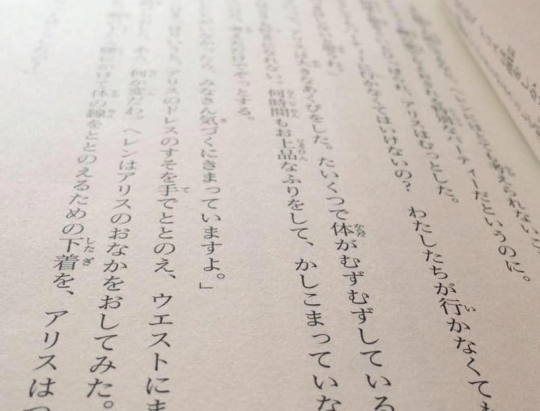
After I finished one chapter, I look up all highlighted words and read the passages that contain these words a second time. This way, I can connect the meaning with the full context. I don't try to memorize the word; I just try to understand it in this particular context before I continue.
Most of the time, I learn words unconsciously. If the book is easy enough, it's not so difficult to guess the meaning of certain words. While reading, I don't focus so much on words I don't know. I just focus on following the story. I may not always understand every detail, but as long as I can follow and enjoy the story, everything is fine. I learn so much by engaging with the language in a meaningful way and enjoying the content. Sometimes, I even forget that I am reading a book in a foreign language!
I have to add, that I'm already familiar with basic sentence patterns and that I have experience with reading books in my target languages. I finished the book "Remembering the Kanji" which makes it easier to guess the meaning of words. Knowing lots of kanji is a great advantage.
I have still a long way to go, of course, but this natural way of learning vocabulary may not work well at very early stages because you need a foundation first. After you are familiar with the dialogues and example sentences in your textbook, graded readers are a good choice in my opinion. Graded readers can make the transition from textbooks to easy books aimed at (young) native speakers easier.
Tip: One thing that helped me is to take a card, write down words I looked up and put this card into the book. When I read it a second time, I don't need to look them up again. Reading texts more than once can help to get more familiar with new words. Plus, writing helps me to remember words better. Reviewing them in their original context is much more enjoyable to me than reviewing them with flashcards. In the picture below you can see how my cards look like:

4. Enjoy!
I made enjoying books my number one priority. This is what helped me to make much more progress than before. All I need is enough reading material at the right level and a dictionary. As soon as I get absorbed in a book, I don't think about learning a language. I just want to enjoy the story. The more experience I gain, the better I become at understanding the language as a result. There's no need to force it or to hurry.
What I like about just enjoying a book and learning words naturally is that it's so simple. I don't necessarily need my computer, a certain software, add-ons, ... All I need is something I can read. After reading a chapter, I only look up a few words as I described above and that's it. Then, I often feel so motivated that I want to read more. I read much more than before because I enjoy it so much.
515 notes
·
View notes
Text

146 notes
·
View notes
Text
桜梅桃李 (o-bai-to-ri) “never compare yourself to others”

This yo-ji-juku-go (Japanese 4-character idiom) is comprised of 4 beloved Japanese trees. They are:
桜 = cherry (sakura)
梅 = apricot (ume)
桃 = peach (momo)
李 = plum (sumomo)
桜 (sakura) are of course the cherry blossom trees famous for blooming spectacularly and incredibly briefly once a year, usually in April. Sakura trees in full bloom is an annual event, and people go to their local park to see them, take photos, and have picnics underneath them. It's such a big deal that it's reported on the weather forecast, with reporters commenting on how quickly the "sakura front" is moving northwards across the country.
梅 (ume) is the "ume" in umeshu! This is a sweet liqueur which is made from soaking ume in sake. It tastes amazing, and is one of the things I miss most about Japan. Japanese learners will no doubt recognise "ume" as usually being translated as "plum", however it is technically closer to the Western apricot.
桃 (momo) is one of the best-loved fruits in Japan. There is even a fairy story called "Momo-taro" about a little boy who comes from inside a peach. He grows up to be a great hero, of course, and saves everyone from a demon. "Momo" is also a fairly common girls' name.
李 (sumomo) are known as "Japanese plums" or "Asian plums". The trees are famous for their delicate white flowers. They usually bloom just before the sakura. Whilst not as famous or as showy as sakura, they are well-loved for their elegance, and for being a sign of spring.
#japan#japanese#japanese langugage#japanese langblr#japanese learning#kanji#japanese flower#sakura#umeshu#japanese idioms#japanese art#japanese quotes#asian art#japanese calligraphy#asian calligraphy#inspiring quotes#inspriation#motivation#書道
588 notes
·
View notes
Text
紹介 self introduction
Hello, my name is Shalom. This blog will be a record of my language learning journey, specifically Japanese. I am going to take the JLPT N4 exam this December. I hope that I will be able to find a good and supportive language community here, if you are a Japanese langblr/studyblr please comment!
はじめまして。
私の名前はシャロームです。日本語を勉強し始めて二年になりますが、15歳の時に歴史映画を観てからずっと日本語に興味を持っていました。今年の12月に日本語能力試験N4を受験します。
日本文学を読むのが好きで、一番好きな作家は川上未映子さんですが、太宰治さんや村上春樹さんも好きです。他の作家さんにおすすめしてください!
趣味はハイキングとランニングとピラティスと執筆と読書です。日本の写真を見るのが大好きで、いつか日本で撮りたいと思っています。音楽を聴くのが好きで、特に日本と韓国の音楽が好きです。
よろしく
#日本語#japanese studyblr#japanese language#japanese langblr#日記#ひとりごと#self introduction#study japanese#learn japanese#learning japanese#日本語の勉強#日本語勉強#language learning#studyblr#langblr#languageblr#language learning community#language community#Japanese learning#紹介して#紹介した#紹介#japanese studies#勉強#勉強する#jlpt#jlpt n4#n4#Japanese study#japanese studyspo
70 notes
·
View notes